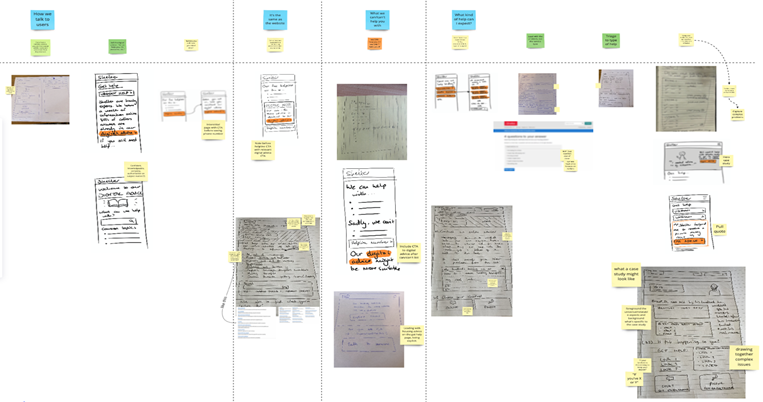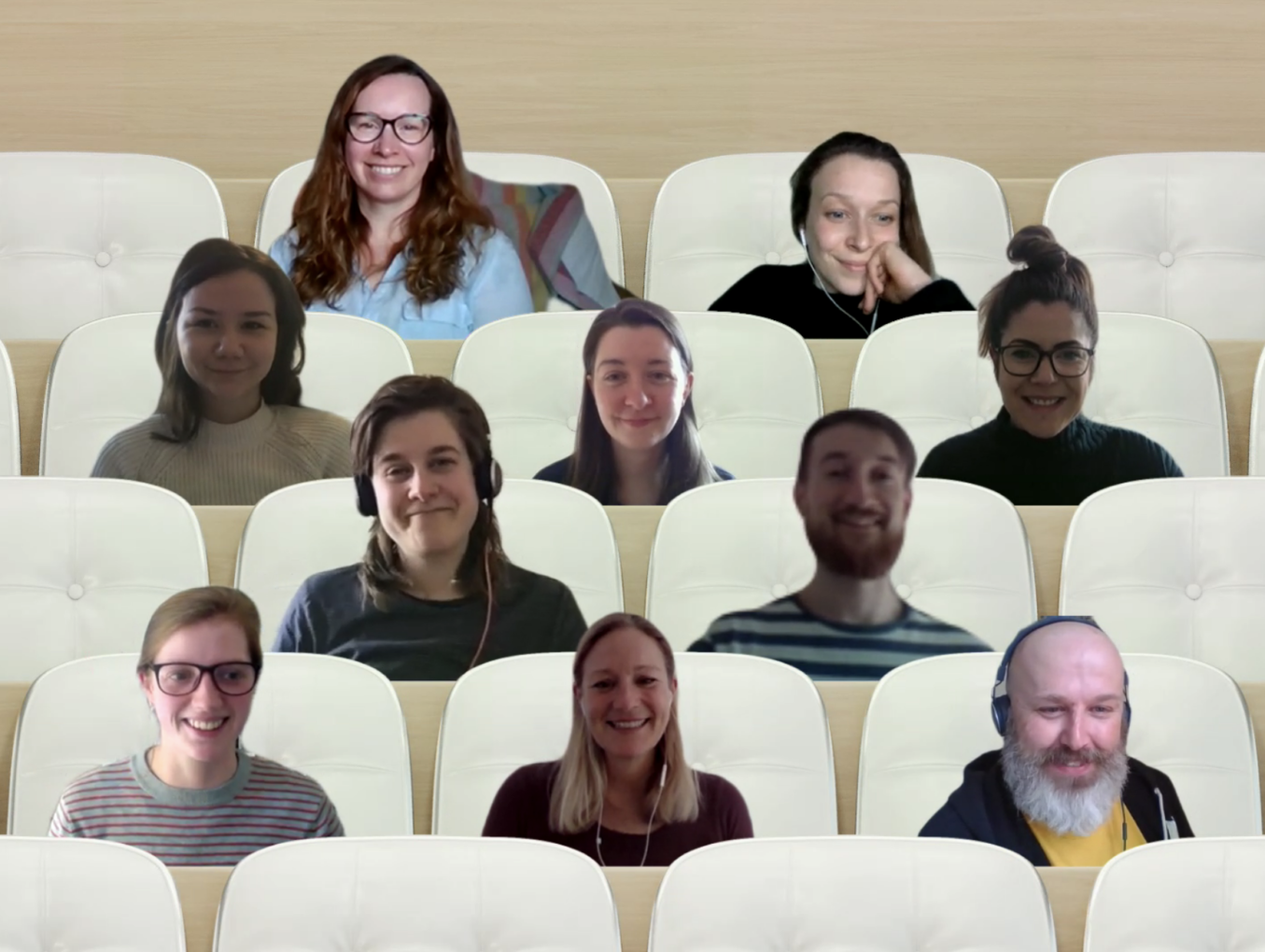This guest blog was written by Natalie Lewendon, Content designer at Nationwide Building Society
What do you get if you cross a workshop, a design sprint and a brainstorming session? The answer is a Hackathon. Shelter recently hosted Nationwide’s Service & Experience Design team for just such an event.
This year, Nationwide and Shelter are celebrating 20 years of partnership. In that time, colleagues and members have helped raise over £6.7 million. Nationwide colleagues have also donated hundreds of hours of time through volunteering, creating significant change for those facing homelessness.
Nationwide colleagues get five volunteering days a year to support our Social Investment mission of helping local communities, including ensuring everyone has a place fit to call home. One of the ways our team does this is by using our expertise to support charities with their digital challenges.
Our team spent two days with Shelter’s digital team, working on the problem they’d chosen for us to tackle.
The challenge
Shelter offers advice and support services for those experiencing bad housing and homelessness, including a web chat function, an emergency helpline, free legal advice, and advice and information on its website. Shelter usually offers face-to-face support alongside this, however, due to coronavirus (COVID-19), in-person meetings are currently on hold.
This, plus the uncertain financial future facing so many people, means Shelter’s services are experiencing demand beyond their capacity.
How might we support website users to find the answers to their problems on the Shelter website and reduce the pressure on contact channels?
Day One
We got started by defining the brief and problem statement. This was about pinning down parameters and discussing the information Shelter had shared ahead of time.
The Shelter team shared research, outputs from workshops, data, analytics and other relevant insight. We also looked to other charities for comparison.
We watched some short videos from user research sessions for context and background. It was great to hear from Shelter’s service users (anonymised, of course!)
Defining the problem
We discussed and defined the problems and insights. In smaller groups, we started by coming up with ‘How might we’ statements based on what was in scope, to help our creative thinking.
We grouped these into themes, helping us see the key problems.
As teams, we used dot voting to prioritise the themes – which themes did we feel would have the greatest impact on the problem statement?
Day Two
The second day began with reflection. We talked about our experience of the first day, the kinds of outputs Shelter wanted, and how to support ‘big ideas’ with higher-level recommendations, as well as ‘quick wins’.
The biggest theme that came out of the exploration in day one was trust and reassurance. We split this theme into subcategories, to help us tackle this large and abstract problem from different angles.
Sketching solutions
We sketched some solutions to the questions and ideas. For example, how might we make it clearer what Shelter can and cannot help with? How might we review the way Shelter talks to its website users in order to build trust?
We knew we wouldn’t be able to finish the two days with a fully fleshed-out design solution. But we came up with a range of big and smaller ideas, from fine-tuning support tone of voice, to triaging in the early stages of a support user journey, to grouping common questions in the information architecture (the website’s structure).
At the end we handed the sketches and ideas over for Shelter to explore and look to implement in the future!

Outcomes
‘It was what I hoped it would be – a lot of ideas generated, and picking a couple opened up more questions about the audience and how complicated their needs are.’ – Helen, UX designer, Nationwide
‘You brought some fresh thinking and external insight and knowledge and challenged us to think about the problems differently’ – UX designer, Shelter
‘It’s a lot to take in and it’s definitely such a sensitive matter – this is huge and there are so many people out there that are in need. This is the tip of the iceberg […] we couldn’t have done this in one day.’ – Annie, UX designer, Nationwide
‘We see constraints all the time so it’s good to get ideas both small and big and get ideas out there, thinking about solutions rather than problems.’ – Monika, service designer, Shelter
‘What I found interesting is that the dilemmas you face about servicing people are similar to the issues that Nationwide face, so we’re seeing the same problem from a different angle, a fundamental issue about service online and satisfying the human element while balancing a business need.’ – Joe, UX researcher, Nationwide
What’s next?
Shelter is going to focus on taking some key ideas from the day forward, such as:
- Setting user expectation so they can better understand how Shelter can help them
- Improving the category page by making them more personal and working on the tone of the content
- Framing problems to help website users on the housing advice pages instead of directing them to a service (Helpline/Webchat).
What can you do?
- To find out more about the Shelter x Nationwide partnership have a look at our website, or watch this film on the 20th anniversary
- To find out more about corporate partnerships at Shelter and our corporate volunteering portfolio, contact corporate@shelter.org.uk

